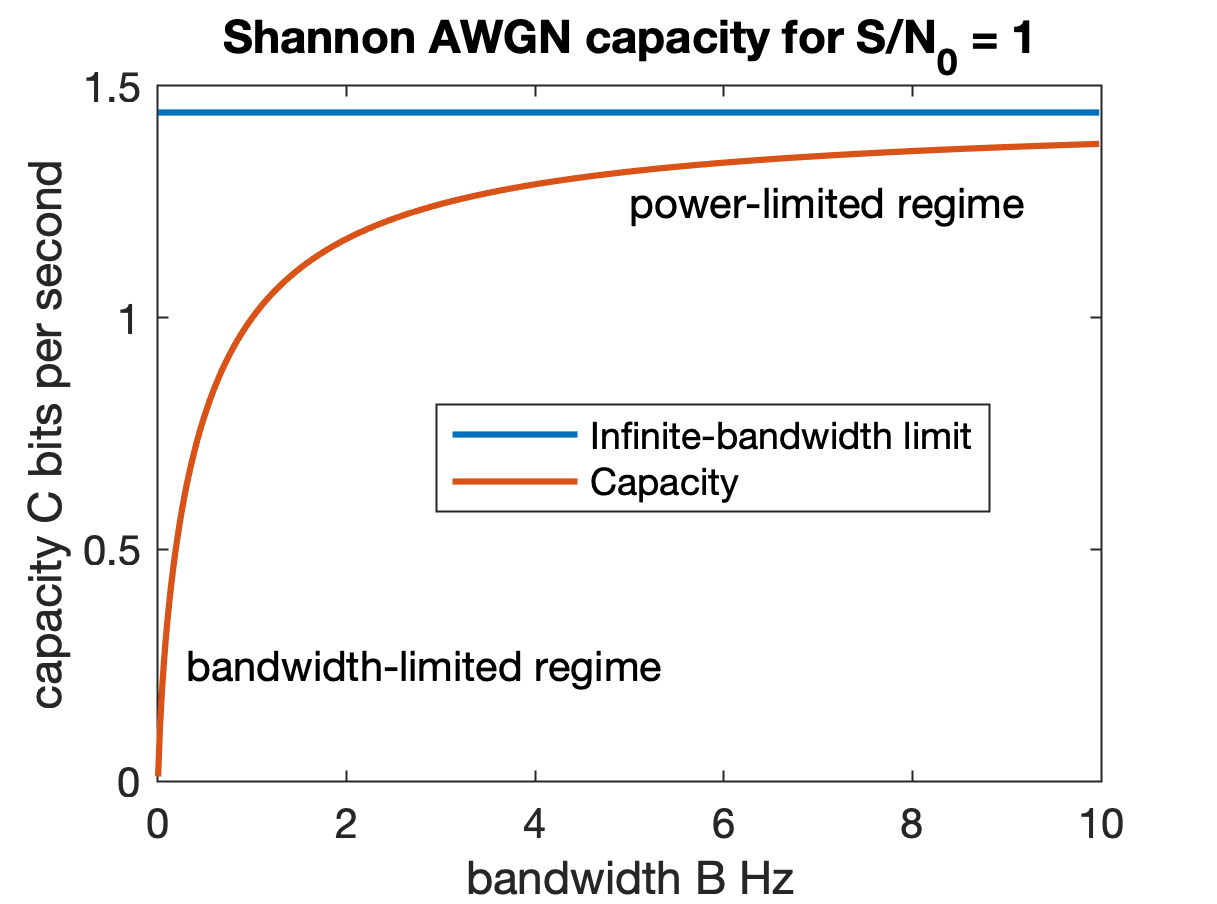|
Public, Educational, And Government Access
Public-access television (sometimes called community-access television) is traditionally a form of non-commercial mass media where the general public can create content television programming which is narrowcast through cable television specialty channels. Public-access television was created in the United States between 1969 and 1971 by the Federal Communications Commission (FCC), under Chairman Dean Burch, based on pioneering work and advocacy of George Stoney, Red Burns (Alternate Media Center), and Sidney Dean (City Club of NY). Public-access television is often grouped with public, educational, and government access television channels, under the acronym PEG. Distinction from PBS In the United States, the Public Broadcasting Service (PBS) produces public television, offering an educational television broadcasting service of professionally produced, highly curated content. It is not public-access television, and has no connection with cable-only PEG television channels ... [...More Info...] [...Related Items...] OR: [Wikipedia] [Google] [Baidu] |
Non-commercial
A non-commercial (also spelled noncommercial) activity is an activity that is not carried out in the interest of Profit (economics), profit. The opposite is Commerce, commercial, something that primarily serves profit interests and is focused on business. For example, advertising-free community radio stations are typically nonprofit organizations staffed by individuals volunteering their efforts to air a wide variety of radio programming, and do not run explicit radio advertisements, included in the United States specific grouping of "non-commercial educational" (NCE) public radio stations. Copyright and licenses Some Creative Commons licenses include a "non-commercial" option, which has been controversial in definition. In a 2008 survey conducted in the United States, some respondents interpreted the concept as: * "If I have nothing to gain from it, then it's non-commercial." * "If you can afford to pay for it, do it; otherwise it's OK anyway" * "What we consider to have "genu ... [...More Info...] [...Related Items...] OR: [Wikipedia] [Google] [Baidu] |
Satellite Television
Satellite television is a service that delivers television programming to viewers by relaying it from a communications satellite orbiting the Earth directly to the viewer's location.ITU Radio Regulations, Section IV. Radio Stations and Systems – Article 1.39, definition: ''Broadcasting-satellite service'' The signals are received via an outdoor parabolic antenna commonly referred to as a satellite dish and a low-noise block downconverter. A satellite receiver decodes the desired television program for viewing on a television set. Receivers can be external set-top boxes, or a built-in television tuner. Satellite television provides a wide range of channels and services. It is usually the only television available in many remote geographic areas without terrestrial television or cable television service. Different receivers are required for the two types. Some transmissions and channels are unencrypted and therefore free-to-air, while many other channels are transmitted with enc ... [...More Info...] [...Related Items...] OR: [Wikipedia] [Google] [Baidu] |
Cable Television Franchise Fee
In the United States cable television industry, a cable television franchise fee is an annual fee charged by a local government to a private cable television company as compensation for using public property it owns as right-of-way for its cable. In the US, cable television services are provided by private for-profit companies, cable television providers, which sign a franchise agreement with cities and counties to provide cable television to its residents. The franchise fee is set during initial negotiation of the franchise agreement, usually by a process in which the government requests bids from cable providers to serve their community. This fee can be renegotiated when the franchise agreement comes up for renewal, usually at intervals of 10 to 12 years. Although it is paid to a government, it is not a tax. Franchise fees are governed under Section 622 of the Cable Communications Act of 1984. Section 622, states that municipalities are entitled to a maximum of 5% of gros ... [...More Info...] [...Related Items...] OR: [Wikipedia] [Google] [Baidu] |
Federal Government Of The United States
The Federal Government of the United States of America (U.S. federal government or U.S. government) is the Federation#Federal governments, national government of the United States. The U.S. federal government is composed of three distinct branches: United States Congress, legislative, President of the United States, executive, and Federal judiciary of the United States, judicial. Powers of these three branches are defined and vested by the Constitution of the United States, U.S. Constitution, which has been in continuous effect since May 4, 1789. The powers and duties of these branches are further defined by Act of Congress, Acts of Congress, including the creation of United States federal executive departments, executive departments and courts subordinate to the Supreme Court of the United States, U.S. Supreme Court. In the Federalism in the United States, federal division of power, the federal government shares sovereignty with each of the 50 states in their respective t ... [...More Info...] [...Related Items...] OR: [Wikipedia] [Google] [Baidu] |
Telethon
A telethon (a portmanteau of "television" and "marathon") is a televised fundraising event that lasts many hours or days, the purpose of which is to raise money for a charitable, political or other cause. Most telethons feature heavy solicitations for pledges (promises to donate funds at a later time) by masters of ceremonies or hosts, who are often local celebrities or media personalities combined with variety show style entertainment such as singers, bands and instrumentalists. In some cases, telethons feature content related to the cause being supported, such as interviews with charitable beneficiaries, tours of charity-supported projects, or pre-taped sequences. The equivalent term for a radio broadcast is a radiothon; most radiothons do not include live entertainment. In the United States, the first telethon used for political outreach occurred in 1960. The highest donating telethon per capita in the world is the Channel Seven Perth Telethon in Perth, Western Australia. It ... [...More Info...] [...Related Items...] OR: [Wikipedia] [Google] [Baidu] |
Pledge Drive
A pledge drive is an extended period of fundraising activities, generally used by public broadcasting stations to increase contributions. The term " pledge" originates from the promise that a contributor makes to send in funding at regular intervals for a certain amount of time. During a pledge drive, regular and special programming is followed by on-air appeals for pledges by station employees, who ask the audience to make their contributions, usually by phone or the Internet, during this break. Pledge drives are typically held two to four times annually, at calendar periods which vary depending on the scheduling designated by the local public broadcasting station. Background Pledge drives are especially common among U.S. stations. Public broadcasting organizations like National Public Radio (NPR) and the Public Broadcasting Service (PBS) are largely dependent on program fees paid by their member stations. The federal government of the United States provides some money for them, ... [...More Info...] [...Related Items...] OR: [Wikipedia] [Google] [Baidu] |
Fundraising
Fundraising or fund-raising is the process of seeking and gathering voluntary financial contributions by engaging individuals, businesses, charitable foundations, or governmental agencies. Although fundraising typically refers to efforts to gather money for non-profit organizations, it is sometimes used to refer to the identification and solicitation of investors or other sources of capital for-profit enterprises. Traditionally, fundraising has consisted mostly of asking for donations through face-to-face fundraising, such as door-knocking. In recent years, though, new forms such as online fundraising or grassroots fundraising have emerged. Organizations Fundraising is a significant way that non-profit organizations may obtain the money for their operations. These operations can involve a very broad array of concerns such as religious or philanthropic groups such as research organizations, public broadcasters, political campaigns and environmental issues. Some exampl ... [...More Info...] [...Related Items...] OR: [Wikipedia] [Google] [Baidu] |
Grant (money)
A grant is a funding, fund given by a person or organization, often a Government, public body, charitable foundation, a specialised grant-making institution, or in some cases a business with a corporate social responsibility mission, to an individual or another entity, usually, a non-profit organisation, sometimes a business or a local government body, for a specific purpose linked to public benefit. Unlike loans, grants are not intended to be paid back. Examples include student grants, research grants, the Sovereign Grant Act 2011, Sovereign Grant paid by the UK HM Treasury, Treasury to the Monarchy of the United Kingdom, monarch, and some European Regional Development Fund payments in the European Union. European Union European Union grants The European Commission provides financing through numerous specific calls for project proposals. These may be within Framework Programmes for Research and Technological Development, Framework Programmes.Many seven-year programmes are per ... [...More Info...] [...Related Items...] OR: [Wikipedia] [Google] [Baidu] |
Free-speech
Freedom of speech is a principle that supports the freedom of an individual or a community to articulate their opinions and ideas without fear of retaliation, censorship, or legal sanction. The right to freedom of expression has been recognised as a human right in the Universal Declaration of Human Rights and international human rights law. Many countries have constitutional law that protects free speech. Terms like ''free speech'', ''freedom of speech,'' and ''freedom of expression'' are used interchangeably in political discourse. However, in a legal sense, the freedom of expression includes any activity of seeking, receiving, and imparting information or ideas, regardless of the medium used. Article 19 of the UDHR states that "everyone shall have the right to hold opinions without interference" and "everyone shall have the right to freedom of expression; this right shall include freedom to seek, receive, and impart information and ideas of all kinds, regardless of frontiers, ... [...More Info...] [...Related Items...] OR: [Wikipedia] [Google] [Baidu] |
Channel Capacity
Channel capacity, in electrical engineering, computer science, and information theory, is the theoretical maximum rate at which information can be reliably transmitted over a communication channel. Following the terms of the noisy-channel coding theorem, the channel capacity of a given Channel (communications), channel is the highest information rate (in units of information entropy, information per unit time) that can be achieved with arbitrarily small error probability. Information theory, developed by Claude E. Shannon in 1948, defines the notion of channel capacity and provides a mathematical model by which it may be computed. The key result states that the capacity of the channel, as defined above, is given by the maximum of the mutual information between the input and output of the channel, where the maximization is with respect to the input distribution. The notion of channel capacity has been central to the development of modern wireline and wireless communication system ... [...More Info...] [...Related Items...] OR: [Wikipedia] [Google] [Baidu] |
Milwaukee PBS
Milwaukee PBS is the collective brand for two PBS member television stations in Milwaukee, Wisconsin, United States: WMVS (channel 10) and WMVT (channel 36). Both stations are owned and operated by the Milwaukee Area Technical College (MATC). Overview WMVS and WMVT share studio facilities located at the Continuing Education Center on the Milwaukee Area Technical College campus at 1036 North 8th Street in downtown Milwaukee; by the coincidence of the city's grid system, Milwaukee PBS has the unique distinction of its studio's address number incorporating the channel numbers for both of the stations (most television and radio stations that have their channel number as an address use a vanity address or street not within a community's numbering system, e.g. KLAS-TV channel 8 in Las Vegas is located on Channel 8 Drive). A second facility in suburban Brookfield a block west of the Milwaukee County line was also maintained as a production facility and donation/pick-up center for ... [...More Info...] [...Related Items...] OR: [Wikipedia] [Google] [Baidu] |
Milwaukee Area Technical College
Milwaukee Area Technical College (or MATC) is a public two-year vocational-technical and community college based in Milwaukee, Wisconsin, United States. MATC offers day, evening, weekend and online classes at campuses in downtown Milwaukee, Oak Creek, West Allis, and Mequon as well as an education center in the Walker's Square neighborhood on Milwaukee's near south side. MATC offers over more than 180 accredited associate degrees, technical diplomas and certificates. MATC also offers short-term badges, GED and HSED classes, high school diplomas through its Adult High School program, and English as a Second Language programs. More than 30,000 students are enrolled each year, with a majority of students identifying as students of color. History Milwaukee Area Technical College traces its roots to a 1911 Wisconsin law whose purpose was to encourage young adults who dropped out of high school to work full-time to continue their education part-time. Employers were required to all ... [...More Info...] [...Related Items...] OR: [Wikipedia] [Google] [Baidu] |






